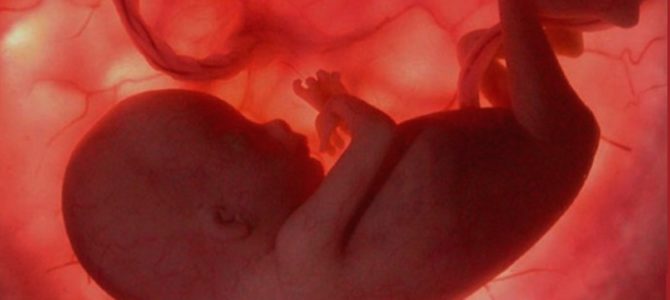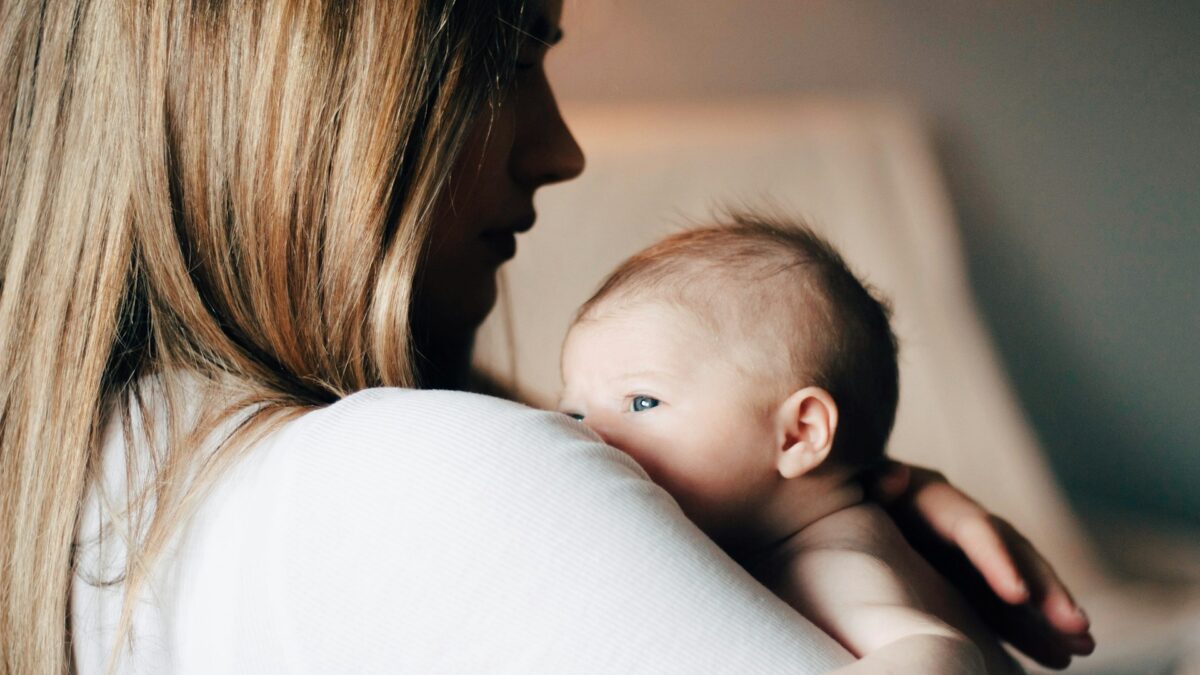
One in eight couples in the United States struggle with infertility. Many resort to in vitro fertilization (IVF), a complex medical procedure that involves manually creating embryos in a lab and transferring either one or several into a uterus to conceive a child. Since the procedure usually creates multiple embryos, couples often freeze embryos for future pregnancy attempts.
But what happens when that same couple divorces? Should the couple’s frozen embryos be treated as people or their joint property? Who gets custody?
Colorado state courts decided two such cases last year and this year. Rather than creating a clear path forward, these decisions caused more disappointment and confusion. At least one of these cases is trying to advance to the U.S. Supreme Court.
The first is the Rooks case. Mandy and Drake Rooks were married in 2002. They used Mandy’s eggs and Drake’s sperm to create a number of embryos through IVF. They signed a boilerplate agreement provided by the clinic regarding what to do with any unused embryos in various situations—i.e., death of one partner or both. In the case of divorce, the language in the agreement was vague, only stating the couple should resolve any difference in courts.
The Rooks were able to have three children through IVF. When they decided to divorce in 2014, they still had six frozen embryos. Mandy wanted to preserve them, believing they represent her only chance to get pregnant in the future. But Drake wanted these embryos disposed of because he didn’t want any more genetic children with Mandy. Since the couple didn’t have a clear agreement on what to do in the event of divorce when they started the IVF process years ago, they had to rely on courts to resolve their dispute.
Are Embryos Joint Property or a Human Being?
This case wasn’t the first dispute of its kind. Many courts consider embryos property, albeit a special kind of property, jointly owned by the couple. Thus these courts ruled that the embryos could not be used for reproduction when there is a dispute in a divorce and the party wishing to discard embryos wins custody. On the other hand, courts in Pennsylvania, Illinois, and recently in Arizona awarded the embryos to the party wishing for reproduction.
Colorado statute dictates that “a human embryo, fetus or unborn child at any stage of development prior to live birth” is not a “person.” So the Rooks case focused on a constitutional right of procreation autonomy: Does one person’s right to procreation override another person’s right not to procreate?
Mandy’s lawyer argued that by agreeing to do the IVF procedure, “There is no recognized constitutional right” for Drake “not to procreate after the pre-embryos have already been created.” But both the trial court and the appellate court ruled in favor of Drake, believing that “his interest in not producing additional offspring prevails over [Mandy’s] interest in having a fourth child.”
Mandy and her lawyer took her case to the Colorado Supreme Court. The court regards embryos as jointly owned property by the couple and suggests if there is no clearly worded pre-embryo agreement, the court should seek to balance the interests of both sides. In its opinion, the court issued a framework on how to balance the interests of both sides, including:
(1) the intended use of the pre-embryos by the spouse who wants to preserve them;
(2) the demonstrated physical ability (or inability) of the spouse seeking to implant the pre-embryos to have biological children through other means;
3) the parties’ original reasons for undertaking IVF
(4) the hardship for the spouse seeking to avoid becoming a genetic parent, including emotional, financial, or logistical considerations;
(5) a spouse’s demonstrated bad faith or attempt to use the pre-embryos as unfair leverage in the divorce proceedings; and
(6) other considerations relevant to the parties’ specific situation.
The Colorado Supreme Court also identified a few factors that lower courts shouldn’t consider when balancing the interests of both parties, including:
- Whether the party seeking to be a parent can afford another child
- The number of a party’s currently-existing children
- Other means to have non-biologically related child (i.e., adoption)
The majority concluded that: “Because the trial court and court of appeals considered certain inappropriate factors in attempting to balance the parties’ interests here, we reverse the judgment of the court of appeals and remand the case with directions to return the matter to the trial court to balance the parties’ interests under the framework we adopt.”
Three justices dissented because they believed “a court should never infringe on a person’s constitutional right to avoid procreation through in vitro fertilization,” and that the multi-factor balancing test frame the majority presented is going to “entangle our courts in such deeply personal disputes.”
Early this year, Mandy decided to bypass the lower court but asked the U.S. Supreme Court to consider her case. In the meantime, the balanced interest framework laid out in the Rooks’ case is being tested by another divorce case in Colorado.
A Similar Case Percolating Through the Courts
Jamie Fabos and Justin Olsen were married in 2006. They had difficulty in naturally conceiving, so they decided to pursue IVF. Beforehand, Jamie told Justin that based on her religious belief, she considers embryos to be human life in the process of development. She wouldn’t go through the IVF unless Justin could agree that they would donate any unused embryos to another couple who had difficulty conceiving. Justin agreed verbally.
On the written agreement they signed with the fertility clinic, under the several scenarios in the event of either of their death, they chose to donate the unused embryos. But the agreement didn’t clearly say what to do with embryos in the event of divorce, other than the stated language that “the ownership and/or other rights to the embryo(s) will be as directed by court decree and/or settlement agreement.”
The couple’s IVF was successful and they had twins. They kept two unused embryos frozen at the clinic. In 2012, Jamie filed for divorce. Justin wants to discard the embryos but Jamie wants to donate them to another couple, as Justin verbally agreed before. Unable to resolve their dispute, they took their case to court.
Based on the balancing of interests approach, similar to what laid out in the Rooks case, the trial court ruled in favor of Jamie, because it found “her testimony was credible on the subject of her core beliefs and the couple’s previous agreement” on donating embryos. The court also pointed out in their signed agreement with the clinic, Justin agreed to donate any unused embryos in all scenarios presented by the agreement.
After he lost his case in the trial court, Jason filed an appeal, arguing the trial court erred in its application of the balancing of interests test, which didn’t give Jason’s right not to procreate sufficient consideration. The appellate court ruled in June this year in Jason’s favor, stating “wife’s subjective belief that the pre-embryos should be protected as human life should not be weighted more heavily than husband’s constitutional interest in not procreating using the pre-embryos.” It sent the case back to the district court and asks “the district court to rebalance the parties’ interests in accord with Rooks.”
I interviewed the lawyers representing Jamie Olsen, Joan M. Mannix, from the Chicago-based Thomas More Society, and Theresa L. Sidebotham, a Colorado-based constitutional lawyer. They told me that they are still reviewing the appellate court’s ruling and evaluating their options. When asked if the balance of interest is the best approach to decide divorce cases involving unused embryos, Mannix said:
Any approach, including the ‘balancing of interests’ approach as it has been applied to date, is inadequate because the embryos are human beings in the early stages of development and the best interests of that child need to be considered and should be controlling. Also, any approach to deciding cases like this needs to consider a parent’s right to protect his/her offspring.
Given that cases on what to do about embryos in divorce proceedings are popping up all over the country, I asked if they have any advice for couples considering IVF. Both lawyers said that couples shouldn’t rely on the agreements provided by fertility clinics. Since courts in most states heavily weight the written agreement a couple signed prior to the IVF procedure, “each individual involved should also consult their own attorney for information regarding the laws and judicial precedent in that state that govern IVF and for counseling about the kinds of issues that may subsequently arise” before they start any IVF treatment.
But even with a clearly worded written agreement that may reduce legal challenges in divorce proceedings in the future, the moral question still remains. An estimated total of eight million babies have been born worldwide as a result of IVF procedures, which means millions more are left frozen. How many of them have already been discarded? What is going to happen to them? Who is going to defend their right to life?









